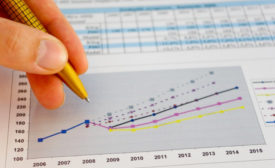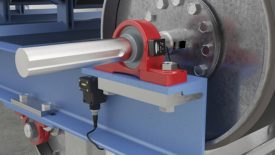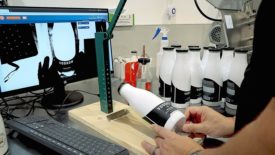Home » manufacturing
Articles Tagged with ''manufacturing''
From the Editor | Darryl Seland
Imagining the future, technology, and automation.
Read More
Why Statistical Analysis Matters
Through data-driven product optimization, overseeing defect density levels and examining customer feedback and purchasing trends, statistical analysis can help manufacturing companies make better, more informed decisions.
April 11, 2022
Why 3D Measurements Drive ROI
3D scanning is an easy and fast way to measure 3D objects, and it offers highly accurate, precise data.
April 11, 2022
Quality Gets a Push From Model-Based Definition
Model-based definition is not new, but manufacturers have only recently begun to use it as part of the quality assurance process.
April 11, 2022
How Quality Intelligence Platforms Help Manufacturers Predict Problems
Quality intelligence platforms and cloud-based software as a service (SaaS) models gather and analyze data to deliver insights around the manufacturing process.
April 11, 2022
Quality in Automation | Trends
Smarter Factories: Wireless Sensor Data Boosts Productivity, Prevents Downtime, And Reduces Costs
It's nearly impossible to imagine factories without sensors to identify products and guide mechanisms to pick up, sort, assemble, and package items.
April 8, 2022
Quality in Automation | Machine Learning
Bringing Quality To New Heights With Machine Learning
Five best practices for beginning the AI journey.
April 8, 2022
Quality in Automation | Inspection
Protecting Your Quality With AI Visual Inspection
One of the fastest ways manufacturers can add AI decision-support into processes is with image compare.
April 8, 2022
Quality in Automation | Column
Automation Use Surged in 2021 – and We’re Just Getting Started
Consider the automation trends that make it easier to automate in today's competitive environment.
April 8, 2022
Management | Setting the Standard
2022 Quality Professional Of The Year: John Vandenbemden
Meet John Vandenbemden, an auditor, consultant and quality expert as well as a great person to work with.
April 8, 2022
Stay in the know with Quality’s comprehensive coverage of
the manufacturing and metrology industries.
eNewsletter | Website | eMagazine
JOIN TODAY!Copyright ©2024. All Rights Reserved BNP Media.
Design, CMS, Hosting & Web Development :: ePublishing











